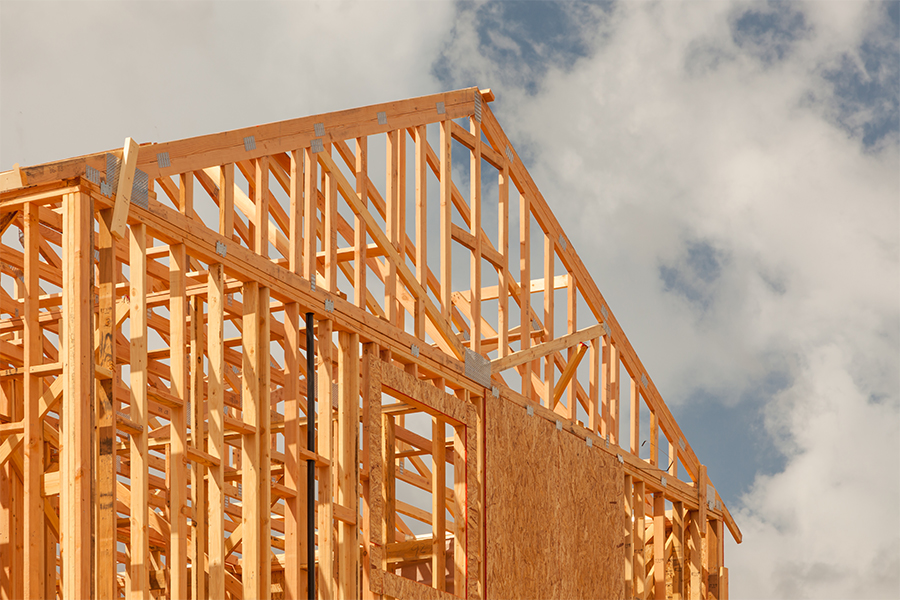November 7, 2024
Court Clarifies Definition of Property Damage in Landmark Construction Defects Case

The Massachusetts Appeals Court has held for the first time in any venue that “construction defects, standing alone, do not constitute property damage within the meaning of a commercial general liability policy.”
This ruling represents a significant shift in how property damage under commercial general liability (CGL) policies is addressed in insurance law. The decision arose from a case in which a property owner sought coverage for damages stemming from construction defects. The court concluded that construction defects alone, without resulting damage to other property, do not qualify as property damage under a typical CGL policy.
To illustrate this, the court provided an example: an improperly installed window would not be considered “property damage,” but any resulting water damage to the surrounding wall would be. The court stated that this interpretation is “persuasive and consistent with the general purpose of commercial general liability policies.”
Background
- CGL Policies: Commercial General Liability insurance is designed to cover various liabilities that businesses might face, including bodily injury and property damage claims. However, these policies often have specific definitions of what constitutes “property damage,” typically excluding coverage for defects in the work itself.
- Case Context: The case involved a construction project where numerous defects were identified, including structural issues with missing supports, improperly installed counter flashing on a roof deck, improperly fastened siding, and various problems with the metal roof installation. The property owner filed a claim against the contractor’s insurance for property damage. The contractor’s insurer denied coverage, arguing that the defects did not result in damage to property beyond the construction itself.
- Court’s Rationale: The panel’s ruling emphasizes the need to distinguish between inherent defects in construction and actual damage to other property. The court held that, without external damage or consequential loss, the defects themselves are not sufficient to trigger coverage under the policy.
Controversial Aspects
- Impact on Coverage: This ruling is controversial because it limits the scope of CGL policies for property owners and contractors alike. If construction defects are not covered, property owners may face significant financial burdens in addressing these issues without insurance support.
- Risk Allocation: The decision raises questions about risk allocation in construction projects. Contractors and developers may be less incentivized to ensure quality in their work, knowing they might not face liability for defects if no additional property damage occurs.
- Potential for Increased Litigation: Property owners may find themselves pursuing more lawsuits against contractors to establish that damages exist beyond the defects. This could lead to an increase in construction litigation, complicating the resolution of disputes and raising costs for all parties involved.
- Insurance Market Implications: Insurers may respond to this ruling by adjusting policy terms and pricing, potentially making it more difficult for property owners to secure adequate coverage. There may also be a push for specialized policies that more directly address construction defects.
- Impact on Extended Property Damage Liability Endorsements: These CGL coverage extensions typically cover damages arising from occurrences that result in damage to property other than the insured’s own work. The Massachusetts Appeals Court ruling indicates that if the construction defects themselves are not legally considered property damage, then the extended property damage coverage may not be triggered.
Overall, this ruling establishes a significant legal precedent that could reshape the landscape of liability insurance in construction, presenting challenges for property owners and contractors navigating the complexities of coverage and defect management.
